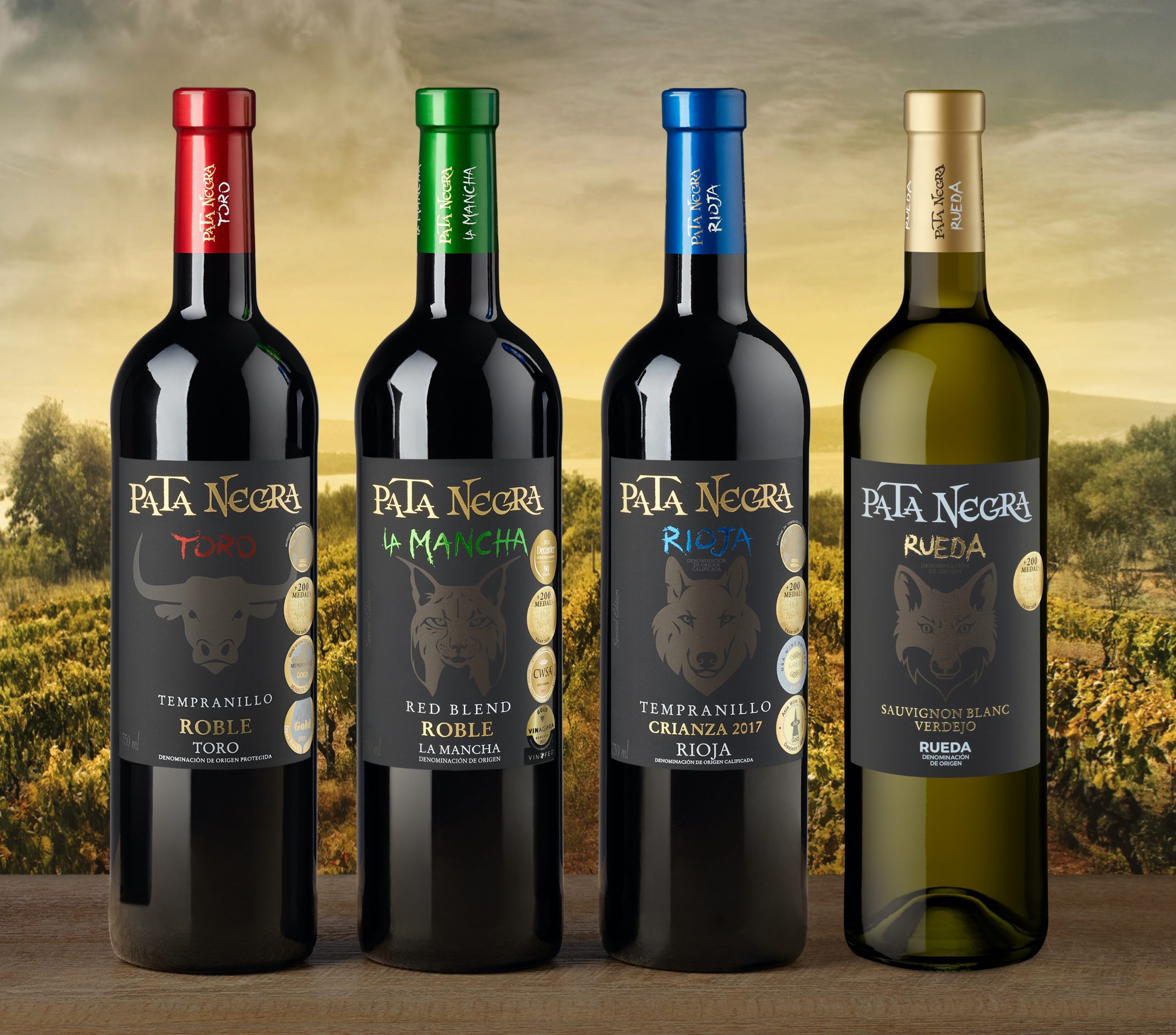APIs: the tech that’s revolutionising fine wine trading
By Richard WoodardIn today’s fast-moving, global fine wine market, seamless and efficient trading is more important than ever – and that’s just what APIs do for users of Bordeaux Index’s recently expanded LiveTrade platform. Richard Woodard finds out more.

For serious operators in the global fine wine market, certain factors have always been important: being able to trade as broad a range of products as possible to as large an audience as possible, while gaining up-to-the-minute market information and insights. When trading conditions are more challenging, as they are at the moment, these aspects become even more vital.
In the old days, potential customers might ask a merchant to send them their latest stock list, with all the inherent risks and inefficiencies that come with such a raw means of communication: by the time the customer decides they want to buy something, the relevant stock might already have been sold, or reallocated.
Today, however, technology is riding to the rescue and enabling all participants in the fine wine market to trade increasingly transparently and efficiently, no matter where in the world they may be. And one of the key tools in this refinement of the marketplace is the humble API.
API stands for Application Programming Interface. Essentially, APIs allow two distinct software components to talk to each other while abiding by certain rules and protocols. For example, apps on your smartphone might use APIs to communicate with an external source of information, with that information capable of being constantly updated and displayed on your screen.
What does that mean in a fine wine context? Take Bordeaux Index’s recently expanded and enhanced pan-market trading platform, LiveTrade. The platform’s Automation Services – in which APIs play a pivotal role – allow participants to quickly and easily tap into the full scale of the fine wine market.
“Essentially, APIs enable our B2B clients to integrate directly with our LiveTrade platform,” explains Matthew O’Connell, LiveTrade CEO. “They allow two-way trading: in one direction, they enable merchants to expand their pool of offered stock, listing wines directly from the LiveTrade platform that they don’t hold themselves. In the other direction, clients can list their wines with our LiveTrade platform to expand their distribution.
“The key aspect is that this is all done on a live, dynamic basis. There’s no risk of selling a wine that isn’t there – nor can anything be sold twice. Everything is automatic and live.”
Partner Content
The automated nature of the process enables round-the-clock global trading, minimising the potential frustrations of more traditional trading methods. When someone tries to buy a wine offered for sale, if the wine is still available, the transaction will proceed; if the wine has been sold, the offer simply disappears.
“It allows for totally seamless trading,” says O’Connell. “After all, everyone could do with a broader distribution base to sell to; and equally everyone would sell more wine if they had access to more wine.”
The APIs used by LiveTrade essentially embrace two functions. The Market View API allows users to view the current state of the market for any of LiveTrade’s tradeable fine wines, including the full catalogue of producer identifiers and associated data – importing LiveTrade’s price list and trading opportunities automatically into their systems. Benefits include access to granular, up-to-the-minute data, enhanced market knowledge and the discovery of API-enabled trading opportunities.
Meanwhile, the more comprehensive Trading API goes further, allowing users to trade seamlessly by buying from and selling to LiveTrade in a fully integrated fashion – and indeed faster than is possible under any more traditional approach to trading wine.
The net result of using the APIs is a more streamlined, low-cost trading chain with a high probability of business growth, leveraging the benefits of LiveTrade’s guaranteed two-way continuous pricing on thousands of core lines. The good news is that LiveTrade’s Automation Services are simple and straightforward to set up, without the need for significant additional investment – indeed, AI can now speed the process up even further. Finally and best of all, there are no membership costs or additional API fees.
That’s a real boon in the trading conditions of today’s global marketplace, O’Connell points out. “The fine wine market has, in great part, moved away from being a stock-holding model,” he explains. “At Bordeaux Index, we’re one of the few companies that still holds large stocks of wine.
“Generally speaking, people have moved instead to an asset-light model, not least because the cost of money is much higher now. In that context, the idea of being able to offer other people’s stock – both our stock at Bordeaux Index, and the stock of others on the LiveTrade platform – can be a game-changer for businesses.”
Related news
Birth of Cabernet: fine wine tells ‘the coolest story nobody knows’
Can lower strength wines win over fine dining?
'Fine wines transcend just drinking': €58bn wine and restaurant sector now core to global luxury




